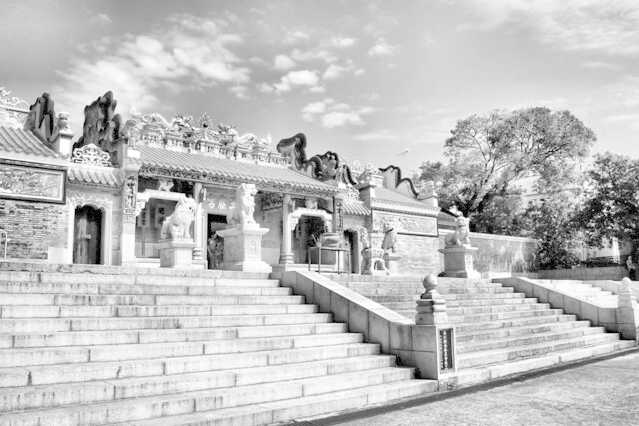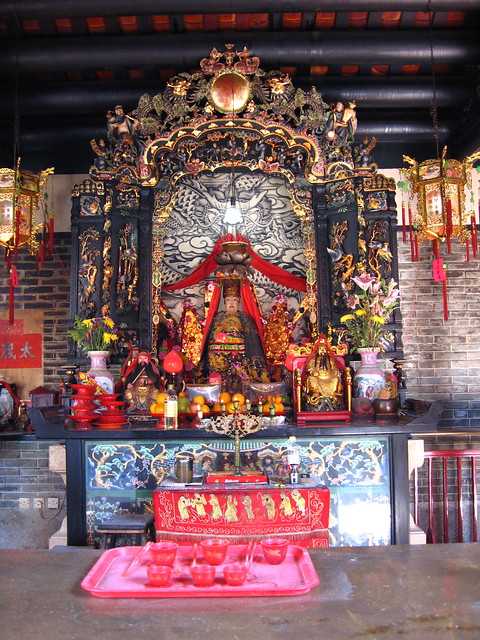Pak Tai Temple
₹ 285 onwards
View Hong Kong PackagesWeather :
Tags : Temple
Timings : 8:00 AM - 5:00 PM
Time Required : 1-2 hrs
Entry Fee : No Entry Fee
Ways to Experience this attraction
Pak Tai Temple, Hong Kong Overview
Pak Tai Temple, also popularly known as Yuk Hui Temple, is the largest temple in Hong Kong, located on the Cheung Chau Island. The temple is dedicated to Pak Tai, also known as the Water God, who is considered as an important deity for both the local farmers and fishermen. The cultural gem is a must visit place for people who love admiring artwork and architecture.
Huddled between the high rise modern buildings and skyscrapers on the Lung On Street, this historical landmark is a good place for some peaceful self-reflection and spending time in tranquil and harmonious environment. Pak Tai Temple contains gold plated woodcraft designs which date back to the Song Dynasty (960 – 1279) and Qing Dynasty (1964-1911). It is the major centre during the pompous festivities of the popular Bun Festival, celebrated on the eighth day of the fourth month in the lunar calendar.
Read More on Pak Tai Temple
Legend of Pak Tai
The locals even believe that Pak Tai has the power to decrease the disasters and is the protector of the people of Hong Kong Island. He is known as the Water God, and hence, is worshipped mainly by farmers and fishermen for a bountiful harvest and proper supply for freshwater.

Architecture of Pak Tai Temple
The stunning temple has three main halls built exquisitely by the local arts men. The main hall has the giant bronze statue of Pak Tai with the statue of a tortoise under the feet which signifies that righteousness and goodwill always win over the evil. Flanking on both sides of Pak Tai are images of Lung Mo (Mother Earth), the Three Pristine Ones and the God of Wealth. The Sei Dai Tin Wong (soldiers of Pak Tai) is in front of the statue symbolising the notion that he is meant to protect Pak Tai. Above the statues are several lotus lanterns.
The upper chambers of Pak Tai Temple contain the images of other local gods. The temple also depicts a beautiful ceramic scene of Cantonese opera having detailed figures of lions and tigers which portray nature via motifs. The hall left to the main hall has the sixty planetary Gods while the right hall has more feminine Gods. It contains three female goddesses which help in maintaining balance in the male-dominated temple.

Tips
How To Reach Pak Tai Temple
The visitors can also take the train and reach Ho Man Tin Station (MTR station) and take a taxi from route 1 to reach the temple.
Top Hotel Collections
Top Hotels Near Pak Tai Temple
Pak Tai Temple Reviews

Have a Question on Pak Tai Temple?

experience.